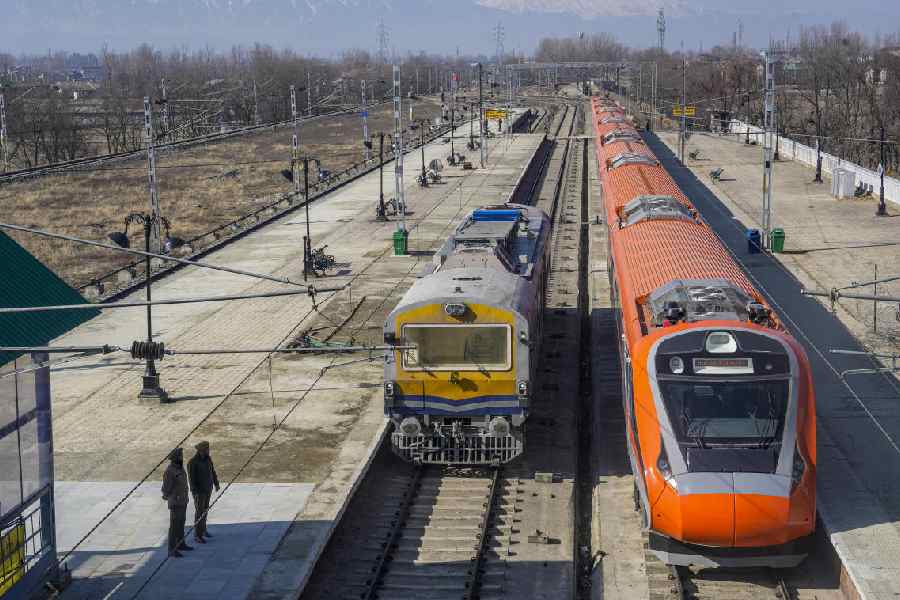Try as some might, the Nehrus can’t be cancelled. The National Portrait Gallery has reopened in London after three years following a £41.3-million renovation, with the Princess of Wales, who is quite a good photographer herself, doing the honours.
The gallery says that its collection of 4,000 paintings, sculptures and miniatures, as well as 8,500 works on paper, tells “the story of the United Kingdom through portraits, from the Tudors to today”.
Prominently displayed is a bust of Jawaharlal Nehru, done by the celebrated sculptor Jacob Epstein. Next to it is a black and white portrait of his sister, Vijaya Lakshmi Pandit by Vivienne.
Captions tell visitors to one of London’s major tourist attractions about the Nehrus and who they were: “Born in British India, Nehru attended school and university in England. He worked as a barrister in London before returning to India in 1912 where he became engaged in Indian independence movements, joining the Indian National Congress and playing an active role in the non-cooperation movement.
“When India achieved independence from the British Empire in 1947, he became the country’s first Prime Minister, holding the post for sixteen years and implementing far-reaching social and economic reforms.
“His daughter, Indira Gandhi, went on to become the first female Prime Minister of India.”
As for his sister, who was India’s high commissioner in London from 1955-1961, visitors are told: “One of the world’s leading women in public life in the 20th century, Vijaya Lakshmi Pandit was an Indian politician and diplomat.
“The only woman to hold a government position in pre-Independence India, she later served as the governor of Maharashtra and the member of Parliament for Phulpur in Uttar Pradesh. In 1953, she became the first female president of the United Nations General Assembly.
“Born into a political family, she was the sister of Prime Minister Jawaharlal Nehru and the aunt of Prime Minister Indira Gandhi, whom she actively campaigned against in the 1977 elections.”
Indian visitors will take note of such displays as Salman Rushdie’s painting by Bhupen Khakkar; a press photograph of Mahatma Gandhi to the UK in 1931 when he was warmly welcomed by weavers in Lancashire; and an image by an unknown Calcutta artist of Rani Lakshmi Bai of Jhansi, a “warrior-princess” who “became a symbol of Indian resistance to British colonial rule”.
There has been a radical rehang in the gallery, partly to reflect the harsh reality of British rule in India.
There are images of Warren Hastings, the first governor-general of Bengal from 1772–1785; of the victorious Robert Clive with Mir Jafar and his son Mir Miran after the Battle of Plassey in 1757; and the Relief of Lucknow which “celebrates Britain’s suppression of a mass uprising that took place in India between 1857 and 1858”.
The latter painting is by the “propaganda” artist Thomas Jones Barker, who “became famous for producing large paintings that promoted the British Empire and its values”.
Captions make it clear that rulers often exploited the ruled: “People living between 1850 and 1914 witnessed the rapid expansion of the British Empire. Known as ‘the empire on which the sun never sets’, it covered almost a quarter of the Earth’s land surface and, at its peak, ruled over 458 million people.
“As the empire grew, Britain became extremely wealthy at the expense of the countries and cultures it colonized. Besides goods and money, people also moved in multiple directions across the empire. Whether they were moved by choice or taken by force, their experiences were highly varied and deeply personal.
“During the reign of Queen Victoria, Britain’s empire became the largest in the world. This room explores how portraiture was used to promote the British Empire as the embodiment of global power, civilization and superiority.”










